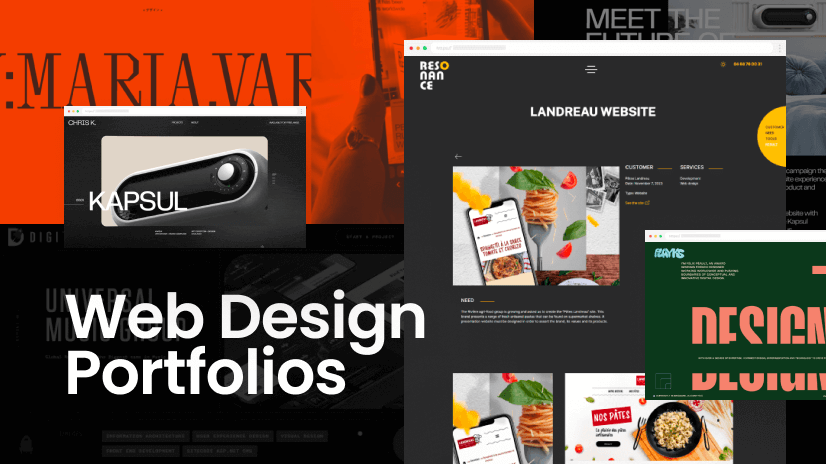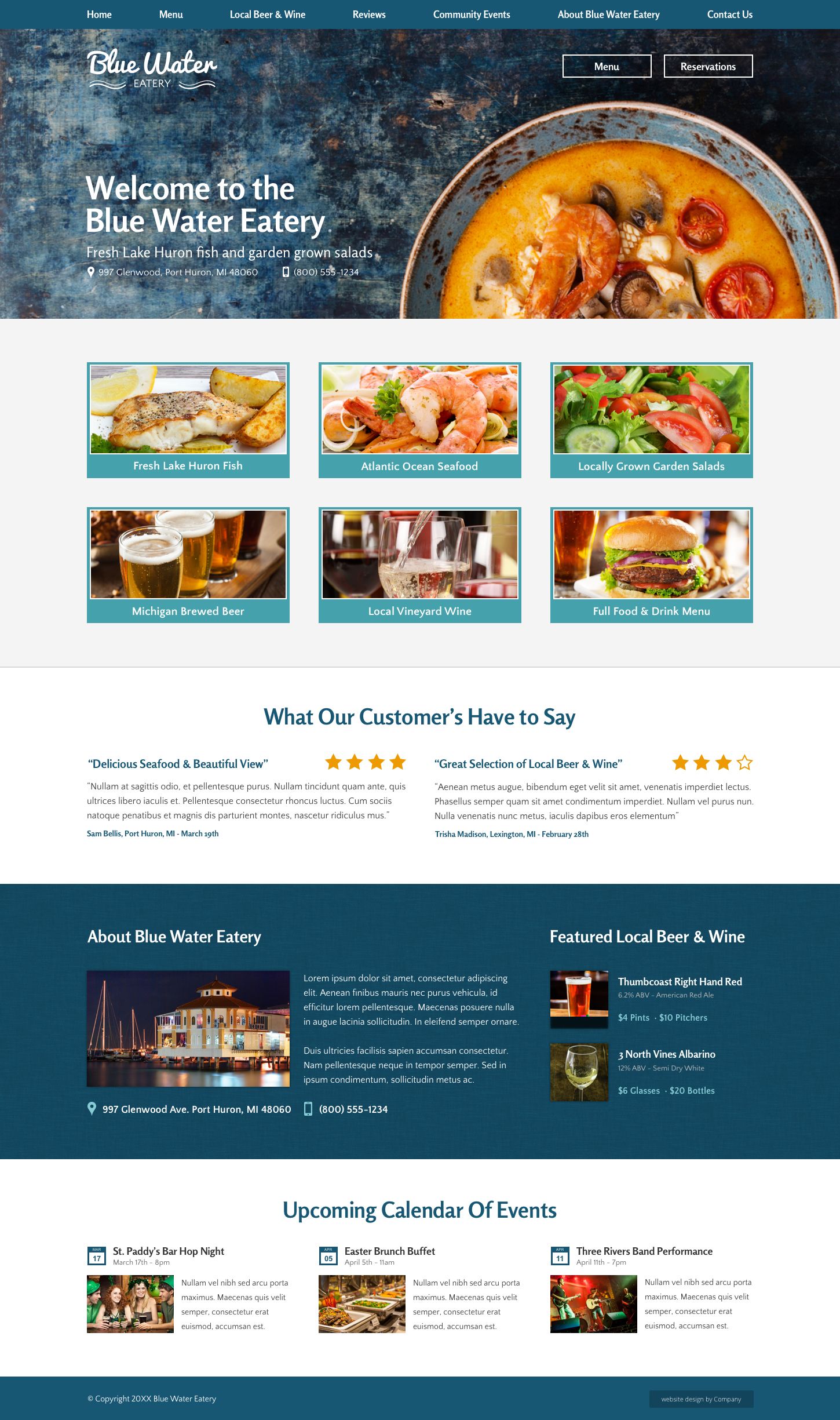Discover Innovative Strategies to Enhance Your Website Design Experience
Discover Innovative Strategies to Enhance Your Website Design Experience
Blog Article
Secret Techniques for Applying User-Centric Web Site Design to Boost Engagement
When considering the execution of user-centric web site style, specific techniques are critical in enhancing involvement. Comprehensive study into user demands and choices develops the foundation, leading the development of user identities to educate layout selections. Individualizing content boosts customer complete satisfaction, and durable ease of access attributes broaden reach.
Recognizing Customer Requirements
Recognizing customer needs is a fundamental action in the procedure of user-centric web site design. This strategy makes sure that the internet site straightens with the expectations and demands of its target audience, eventually leading to improved individual complete satisfaction and engagement. The initial phase includes conducting complete research to collect understandings right into individual actions, preferences, and pain factors. Methods such as studies, meetings, and customer testing can supply valuable qualitative and quantitative information concerning exactly how customers connect with the site.
Analyzing this data allows designers to create detailed individual characters that represent the different segments of the target audience. These personas help inform design decisions by highlighting details user objectives and difficulties, assisting the growth of attributes that attend to these requirements successfully. Additionally, comprehending the context in which individuals run-- such as their setting, gadget choices, and time constraints-- can even more improve the layout method.
Empathy plays a crucial duty in this process, allowing designers to see the internet site from the individual's viewpoint. By focusing on user needs, the design procedure ends up being much more focused, protecting against the incorporation of unneeded elements that can mess the user experience. Inevitably, a deep understanding of individual requirements is critical in crafting a site that is both significant and functional.
Designing User-friendly Navigation
Having developed a detailed understanding of user demands, the next action in user-centric web site design entails creating instinctive navigating. Effective navigating is fundamental to individual fulfillment, influencing just how easily users can discover details and complete jobs. To accomplish user-friendly navigation, designers need to focus on simplicity and clearness, making certain that the navigation structure is rational and regular throughout the website.
Organizing web content right into a clear hierarchy is critical. Website Design. Using familiar labels and icons can lead users effortlessly, decreasing cognitive tons and improving the total customer experience. A well-designed navigation bar need to be prominently put, enabling individuals to determine their existing place and conveniently check out various other areas of the internet site
It is additionally important to incorporate interactive elements such as breadcrumbs and search functionalities to help individuals in navigating complex sites. These features provide additional paths and boost the access of web content, providing to numerous customer choices and habits.
Checking navigation with actual customers is important to recognize possible discomfort points and make certain capability lines up with user assumptions. Routine feedback loopholes and iterative renovations can assist maintain a reliable navigation system that adjusts to developing user requirements, ultimately enhancing interaction and fulfillment.
Creating Receptive Interfaces
Usually, creating receptive interfaces is an essential aspect of modern website design, making certain that web sites are accessible and useful across a plethora of gadgets and screen sizes (Website Design). This flexibility is essential in a landscape where customers access material using smartphones, tablets, desktop computers, and laptop computers, each with differing positionings and resolutions. The key goal of responsive style is to boost user experience by preserving optimum readability and usability, no matter of the tool used
To attain this, internet designers utilize adaptable grid layouts, fluid pictures, and CSS media inquiries. Versatile grids enable internet site elements to resize proportionally, while liquid images guarantee visuals range properly without shedding high quality. Media inquiries play an essential duty by look at here using various designs based on the gadget's attributes, such as size, elevation, and alignment, thus customizing the format to the user's display.
In addition, receptive interfaces add to boosted search engine optimization (SEO) by providing a smooth individual experience, which in turn can reduce bounce rates and rise site interaction. In summary, embracing responsive design is not simply a technical factor to consider but a crucial strategy for promoting a user-centric web atmosphere that meets the requirements of a diverse target market.

Personalizing Material Experience
Individualizing material experience is a critical part of user-centric web site layout that entails tailoring material to meet the unique preferences and behaviors of individual users. This approach not only enhances individual complete satisfaction however additionally fosters much deeper interaction, as site visitors are most likely to communicate with content that resonates with their requirements and interests. By leveraging information analytics and user feedback, organizations can identify patterns and trends that inform the personalization of internet material.
Including customization techniques can vary from simple adjustments, such as advising items based upon browsing background, to extra advanced techniques like vibrant content that adapts in real-time to an individual's interactions. For example, personalized touchdown pages can dramatically boost conversion rates by offering individuals with appropriate info and uses that align with their previous activities and preferences.
Furthermore, making use of man-made knowledge and device discovering can better refine material customization by constantly picking up from user behaviors and adapting to arising trends. This not only improves the individual's journey yet additionally develops brand name loyalty, as customers feel comprehended and valued. Eventually, individualizing the content experience is a vital method for organizations intending to develop an extra meaningful and engaging interaction with their audience.
Enhancing Access Attributes
Enhancing access features is a basic element of user-centric web site style, ensuring that digital content is usable by everyone, including people with handicaps. This strategy not just abides with lawful requirements such as the Americans with Disabilities Act (ADA) and the Web Material Ease Of Access Guidelines (WCAG) but additionally dramatically widens look at this web-site an internet site's target market reach. By incorporating functions like keyboard navigating, display reader compatibility, and alternative message for pictures, sites become extra comprehensive, offering a seamless experience for customers with visual, acoustic, or motor impairments.
Including receptive design components is critical, promoting gain access to on various tools and screen sizes, consequently fitting customers with various preferences and demands. Comparison proportions and text dimension modifications can enhance readability for individuals with visual difficulties. Giving concise and clear web content structure, such as headings and listings, help understanding and navigating, specifically for users with cognitive handicaps.
Regular access audits need to be carried out to determine and rectify potential barriers, making sure continued conformity and use. By focusing on access, services not just foster inclusivity yet also boost total individual engagement and fulfillment, eventually driving greater conversion rates and reinforcing brand name commitment.

Final Thought
Integrating user-centric design methods dramatically improves site interaction by focusing on the demands and more helpful hints choices of individuals. Thorough research study facilitates the development of individual identities, leading targeted style decisions.
Comprehensive research right into user needs and preferences creates the structure, leading the creation of user personalities to notify style options. Methods such as surveys, interviews, and user screening can give important qualitative and quantitative information about just how users connect with the site.
By focusing on individual requirements, the design procedure comes to be more focused, stopping the addition of unneeded elements that could mess the user experience. Efficient navigation is basic to individual satisfaction, influencing how quickly users can discover info and total tasks. The usage of familiar labels and icons can guide users effortlessly, minimizing cognitive load and improving the general customer experience.
Report this page